What difference does it make how closely you follow the markings in the score?
Listen to these two recordings and see what you think!
This is a concert etude by Franz Liszt entitled, Waldesrauschen (meaning, Voices in the Woods).
httpv://www.youtube.com/watch?v=pENsficQ81k
httpv://www.youtube.com/watch?v=teFMIzxET3w
The first version is played by Josef Hofmann and the second is by Claudio Arrau.
While both versions are obviously incredibly virtuosic and impressive performances, I personally prefer the second version over the first. And not just because it’s a slower speed. But it strikes me as more expressive. There’s more rubato and Romanticism. I think I can actually hear the “voices in the woods.”
I would also like to point out however, how you can truly hear the markings in the score in the second interpretation. For example, the LH melody in the opening 15 seconds of the piece contains a couple of phrases that each contain a note with a tenuto. Can you guess which note of each phrase has the tenuto, without consulting the score?
Another example, during one of the tumultuous middle sections, there are two crescendos marked in two consecutive measures (2:35 in the first YouTube video; 2:30 in the second). Arrau truly takes the time to make these come out.
Occasionally, I will have a student who thinks they are doing the dynamics, but in actuality it all kind of sounds the same. I mean, you can sort of tell they are doing them, but not really enough to notice. And so I ask my students: “Do you think an audience member who has never seen the score would be able to tell you what the dynamic markings are, just based on what they are hearing? You have to really exaggerate the differences in order to make them noticeable.”
Anyway, I think it’s really fascinating to listen to various interpretations of the same piece – to get inspired to create my own personal interpretation!



 Developing a good sense of rhythm is one of the most challenging parts of being a piano teacher. It’s not something that arrives overnight, and it’s something that must be maintained as the student advances to music with more advanced rhythms and time signatures. It truly is something that must be developed.
Developing a good sense of rhythm is one of the most challenging parts of being a piano teacher. It’s not something that arrives overnight, and it’s something that must be maintained as the student advances to music with more advanced rhythms and time signatures. It truly is something that must be developed.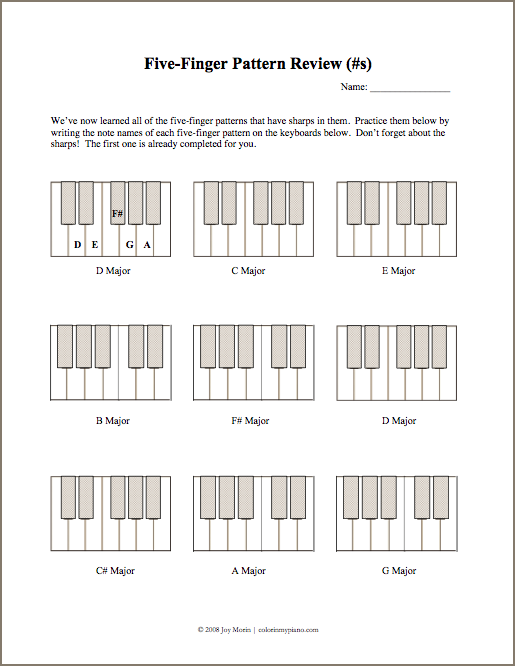
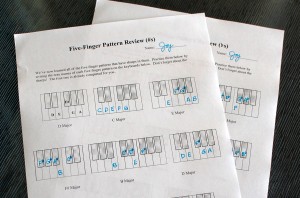 Just added to the page of free Printables:
Just added to the page of free Printables: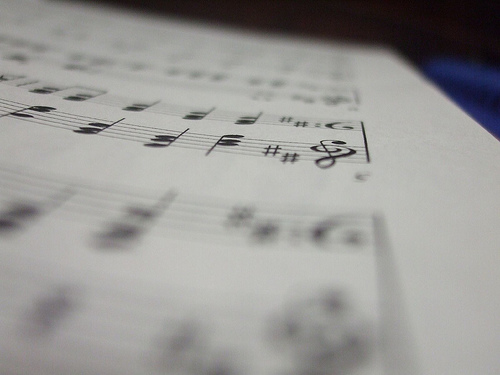
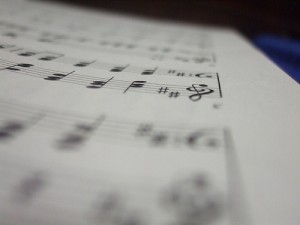 The first look at a new piece is crucial. As accomplished pianists/teachers, we automatically know to scan the piece to check the time signature, key signature, texture, composer, title, etc. before playing through a piece. Of course, we were trained to go through those steps before sightreading through a piece.
The first look at a new piece is crucial. As accomplished pianists/teachers, we automatically know to scan the piece to check the time signature, key signature, texture, composer, title, etc. before playing through a piece. Of course, we were trained to go through those steps before sightreading through a piece.
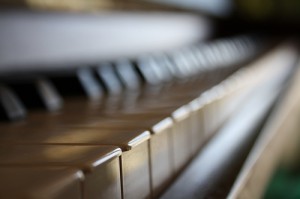 What happens when you have to give a performance but your mind is preoccupied with all sorts of crazy stuff going on in your life?
What happens when you have to give a performance but your mind is preoccupied with all sorts of crazy stuff going on in your life?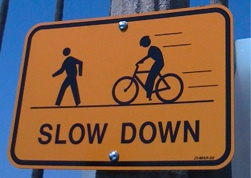
 Ever wonder about the difference between rallentando and ritardando? Well, I did….so I decided to look into it and add my two cents to the debate. =)
Ever wonder about the difference between rallentando and ritardando? Well, I did….so I decided to look into it and add my two cents to the debate. =)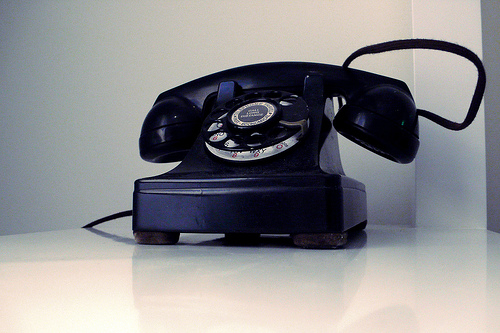
 When potential students’ parents call, do you struggle with figuring out what to say on the phone? What information are they looking for, anyway? This post offers some ideas and suggestions.
When potential students’ parents call, do you struggle with figuring out what to say on the phone? What information are they looking for, anyway? This post offers some ideas and suggestions.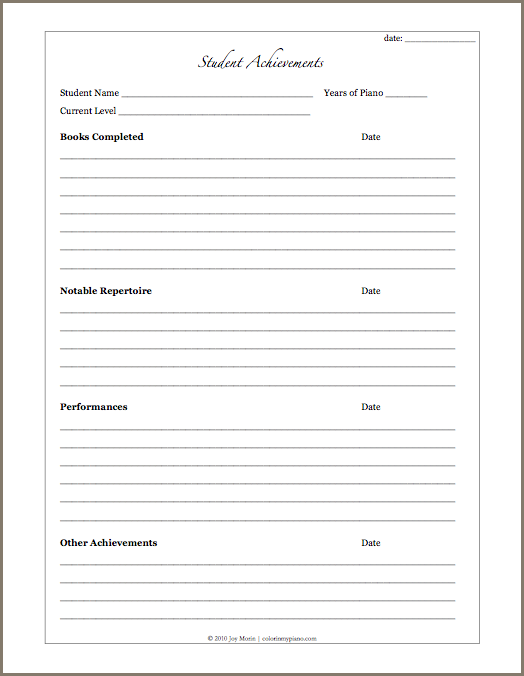
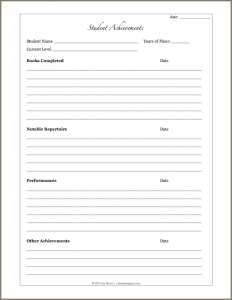
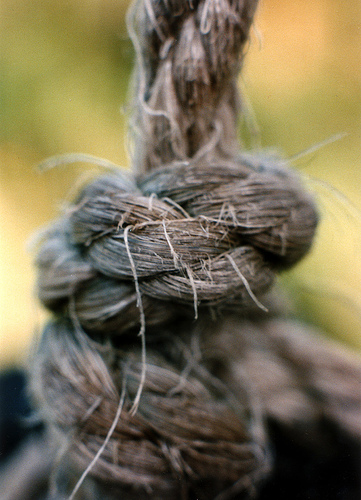
 Just recently, I’ve realized that when I play piano, I hold a “knot” of tension in my back, in the space between my shoulder blades. Upon this realization, I have begun making a conscious effort to release this tension while I am practicing – which I have to do constantly. It’s obviously a bad habit that I’ve been unaware for a long time!
Just recently, I’ve realized that when I play piano, I hold a “knot” of tension in my back, in the space between my shoulder blades. Upon this realization, I have begun making a conscious effort to release this tension while I am practicing – which I have to do constantly. It’s obviously a bad habit that I’ve been unaware for a long time!